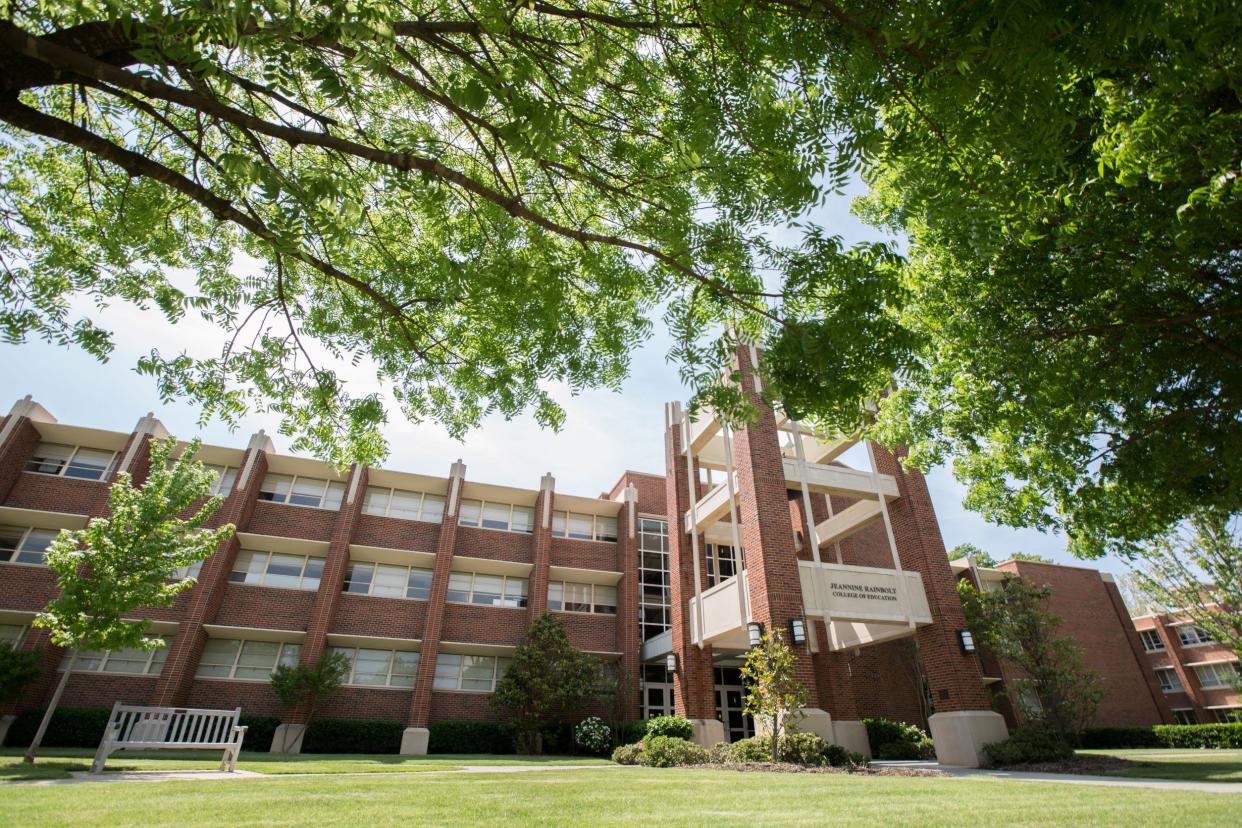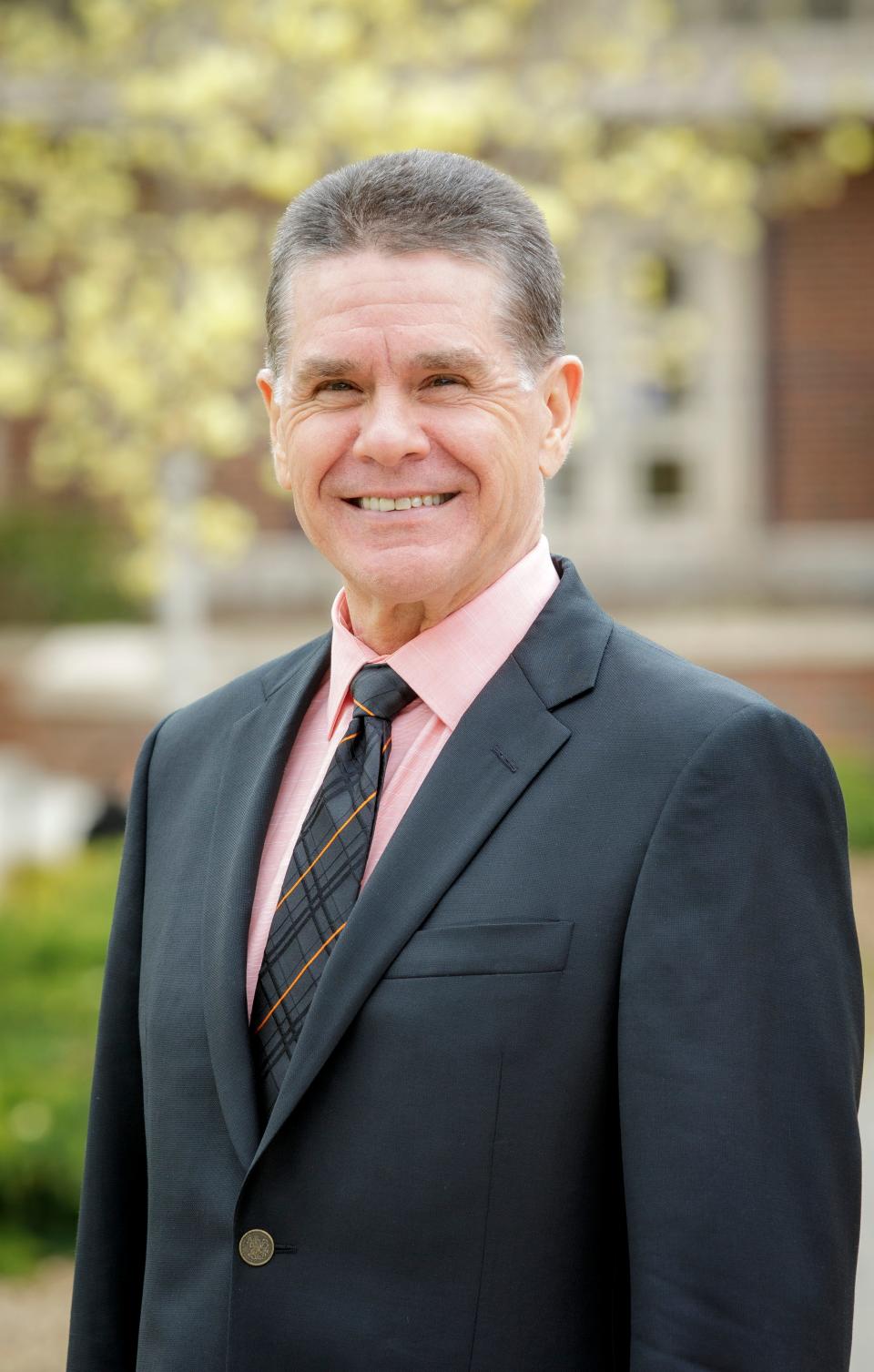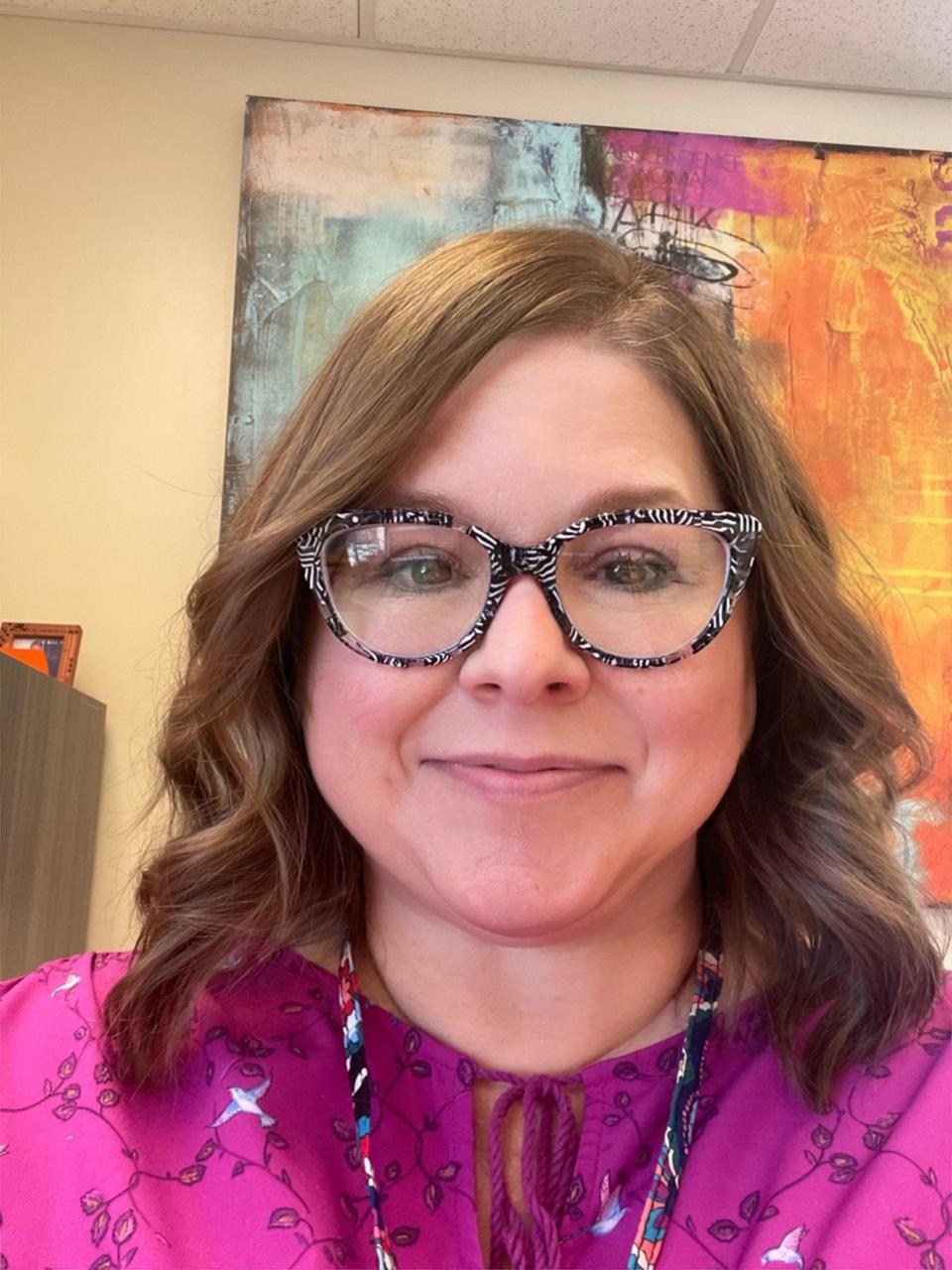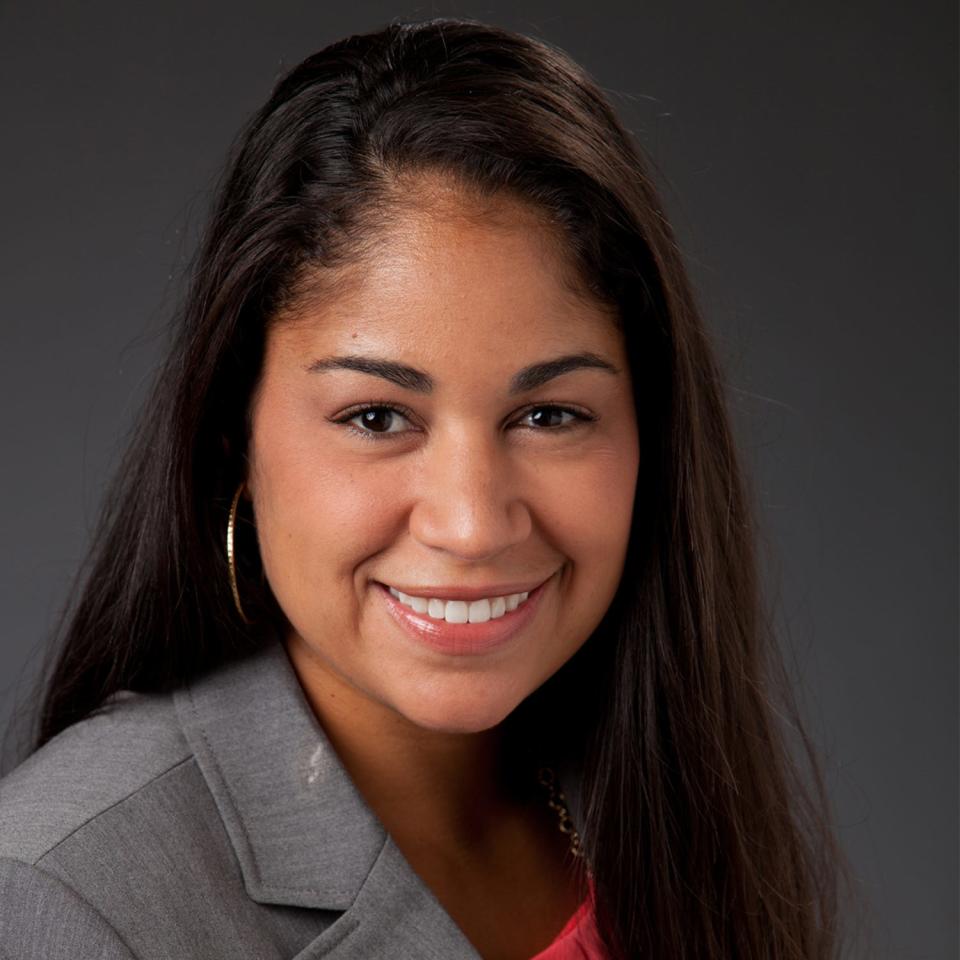COVID changed the way colleges prepare future teachers

As COVID-19 brought winds of change in K-12 education, schooling of future teachers shifted, as well.
Colleges of education in Oklahoma say they modified the way they prepare students for a career in education during the pandemic era.
Readying future educators to teach virtually is the foremost adjustment, said Jon Pedersen, dean of Oklahoma State University’s College of Education and Human Sciences.

“I think if there’s a silver lining to this horrible cloud of COVID it’s that we’ve really had to rethink what it means to engage and reach children and young adults,” Pedersen said.
n the early semesters of the pandemic, OSU classes took place remotely. That forced faculty and students to adjust to teaching and learning in a virtual space.
Some spent their student-teaching semesters online, too, if the school district where they were placed hadn’t yet returned to face-to-face learning, said Shelbie Witte, a professor and school head for OSU’s education college.
Technology and online classes were already embedded in OSU’s curriculum for future teachers, but COVID-19 tested the limits of how long children and young adults could stay engaged in a virtual course.

Online teaching is more than turning on a camera and talking to a class, Pedersen said. Extended periods of virtual learning forced OSU faculty and pre-service teachers to test new ways of creating a meaningful learning environment through a screen.
It also caused the college and its students to be judicious with online instruction, Witte said. Virtual education isn’t a fit for every learner.
“The pandemic has taught us that just because we can teach online, maybe that’s not always the best option,” Witte said. “Technology should be used as a tool when it’s necessary, not just because.”
Future teachers had to unpack online instruction from both the student’s and the educator’s perspective at the University of Oklahoma, said Aiyana Henry, associate dean for professional education at the Jeannine Rainbolt College of Education.

Added emphasis on educational technology is the most obvious difference from pre-pandemic to today. That’s because it’s a change you can see, Henry said.
Student trauma is often invisible to the eye, but as its prominence grew among students and teachers throughout the pandemic era, so did discussions about how to respond to it.
“I would say these are things we’ve always talked about with our students,” Henry said. “We just talk about them a little bit differently and how it looks a little bit different, and the pandemic has influenced that.”
Reporter Nuria Martinez-Keel covers K-12 and higher education throughout the state of Oklahoma. Have a story idea for Nuria? She can be reached at nmartinez-keel@oklahoman.com or on Twitter at @NuriaMKeel. Support Nuria’s work and that of other Oklahoman journalists by purchasing a digital subscription today at subscribe.oklahoman.com.
This article originally appeared on Oklahoman: How Oklahoma teacher colleges adjusted to the COVID era

